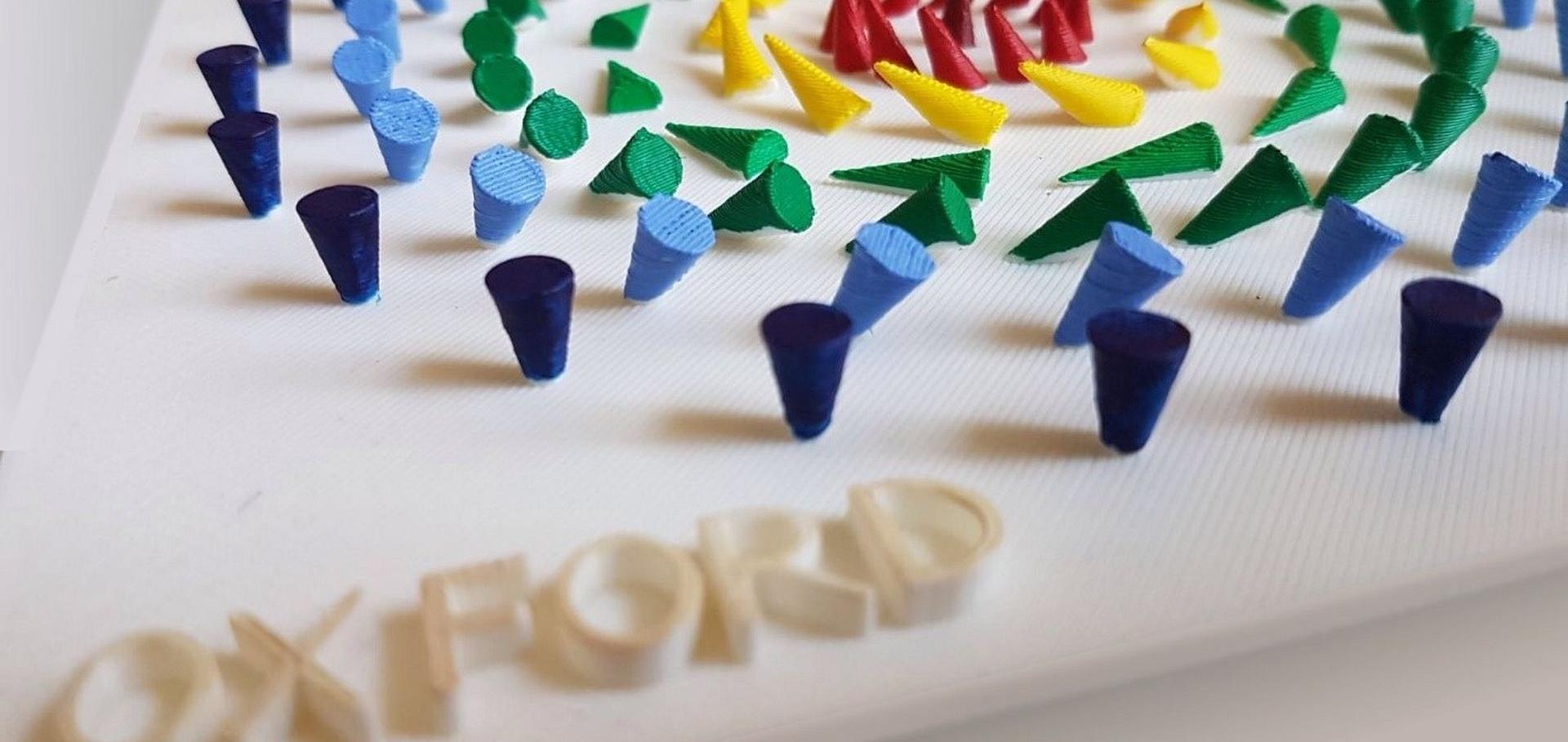Transverse magnetic exchange springs in a DyFe2/YFe2 superlattice
Physical Review B: Condensed Matter and Materials Physics 86 (2012) 174420
Abstract:
Using a history-dependent method, it is possible to prepare magnetic superlattices, consisting of alternating hard and soft layers, in transverse exchange spring states. The procedure, which involves both physical rotation and magnetization routines, is illustrated using a (110)-oriented [DyFe2(60 Å)/YFe2(240 Å)]15 multilayer film. In small applied fields, it is shown that the magnetic response of a transverse magnetic exchange spring is reversible. However, in fields of up to 14 T, the Dy moments are pulled up out of their local in-plane [00¯1] minimum into an out-of-plane [100] (or equivalent [010]) axis. The reversible transverse exchange spring state is then lost. Thereafter, the magnetic loop is characterized by an irreversible out-of-plane magnetic exchange spring state.Magnetic reversal in a YFe₂ dominated DyFe₂/YFe₂ multilayer film
Applied Physics Letters 101:7 (2012) 072412
Electronic structure of Fe and Co magnetic adatoms on Bi 2 Te 3 surfaces
Physical Review B - Condensed Matter and Materials Physics 86:8 (2012)
Abstract:
Magnetic doping of topological insulators (TIs) is a prerequisite for their application as spin-based devices. Using x-ray magnetic circular dichroism (XMCD) we investigate the influence of an ultralow coverage (∼0.5% of a monolayer) of magnetic atoms on a TI substrate. For Fe and Co adatoms on Bi 2Te 3 at ∼1.5 K we find an orbital-to-spin magnetic moment ratio of ∼0.45. The magnetization curve of the Fe atoms recorded by XMCD is in quantitative agreement with a paramagnetic behavior with no indication of long-range magnetic order. The spectral shape of the XMCD indicates that the adatoms are weakly hybridized with the substrate and form narrowband states. The results show that the adatoms are not capable of breaking time-reversal symmetry. © 2012 American Physical Society.Micromagnetic Investigation of the S-State Reconfigurable Logic Element
IEEE Transactions on Magnetics (2012)
Magnetic susceptibility of n-type GaAs
Semiconductor Science and Technology IOP 27 (2012) 055018


